Jagendra Singh is merely an extreme symptom of a larger malaise that plagues journalists living and working in Tier 2 and Tier 3 areas in India.
Journalists from the metropolises rarely face this kind of pressure. Usually they work at headquarters or are in touch with the decision maker editors in their organisations, making it that much easier for them to stay safe.
Journalists in districts though, work under constant stress.
The first issue is that they are underpaid and overworked. Reporters like Jagendra can barely make ends meet if they work only for a daily. On average, salaries range between Rs 3000 to Rs 7000 per month, nowhere near enough to sustain families dependent on them.
As a result, some journalists accept money paid at press meets, at events that they cover in order to supplement their income.
Fewer journalists end up becoming “spokespersons” for the local powerful politician, in effect, choosing sides and getting a steady stream of income and perks for their loyalty.
The second issue is that of the local powerful politicians being able to exercise considerable muscle over the journalist. If a journalist questions a politician at a press interaction or exposes any illegal activities by a local politician, a number of things could happen.
First, the politician could speak directly to the editor of the publication and get the offending journalist removed from his job.
Second, the politician could issue threats and it is highly unlikely that the journalist would call that bluff.
“There is a very bad problem in the districts,” said Mudit Mathur, senior journalist based in Lucknow. Mathur had impleaded himself in a parallel PIL before the Supreme Court that sought a CBI enquiry into the death of Jagendra Singh.
“In districts the journalists are not adequately paid. They do not get even fair and living wages. So most of them work as part-timers. And when any casualty happens, the organisation for whom they are writing, they just disown them and they come with the argument that they are not our employee. So the person is deprived of their legitimate dues, insurance coverage is not there, so there is a lot of risk in reporting here,” he said.
It is in the midst of this delicate balancing act that some rare journalists like Jagendra emerge and shine.
Jagendra was a rarity because he was, quite simply put, a journalist. His ethos of no fear, no favour, brought him terrible consequences.
Raju Mishra & His Battles
Take the case of Jagendra’s friend Anurag Mishra, better known as Raju. This journalist who was earlier employed with Hindustan is now a district reporter in Jalalabad for Youth India, a Hindi publication.
Raju Mishra’s name was part of the false case foisted on Jagendra – that he had attempted to murder fellow journalist Amit Pratap Bhadoriya.
Although the case was eventually dismissed as false in 2016, Raju’s troubles did not end there. Known as a staunch friend and supporter of Jagendra, Raju found himself caught up in a mess not of his own creation.
“After Jagendra’s death the case was taken up by the Heinous Crime branch. Between all of this I was being pressurised, as Amit Bhadoriya was dead. That left only me and another member of our team Vinod Pal.
Vinod was not educated and used to assist the lawyer and since he was with us his name was mentioned as well but he wasn’t staying silent so they didn’t bother him as much as they troubled me.
The minister wanted me to confess to the crime branch that Jagendra possessed a gun. In return for this confession I would be rewarded with money.
I refused to do so as I would be in danger as well and would end up getting murdered if I said anything. So I didn’t say anything. This led them adding more pressure on me when Vijendra Singh Yadav filed fake charges against me under Sections 386 and 366,” explained Raju.
Section 386 of the Indian Penal Code refers to extortion and Section 366 to kidnapping a woman.
Vijendra Singh Yadav is a local Samajwadi Party muscleman said to be close to party chief Mulayam Singh Yadav.
A meeting at Jagendra’s lawyer friend Virendra Pal Chauhan’s residence was also allegedly organised between Raju Mishra and Minister Rammurti Varma.
“At that time we were all participating in protests at Khutar, I believed Virendra Chauhan so I had no idea why he called me to his house that night since we would go to Khutar daily,” said Raju.
“He called me in the night and even called the Minister. The Minister asked what our problem was and that they had not caused the fire and that these were all fake charges against him. But we were under a lot of pressure and hence did not say anything.”
Raju claims that he saw Sita Kumar at Chauhan’s residence the next day, although this allegation could not be corroborated. “I was at Virender Chauhan’s home and they called Sita there.”
He further claimed that he met with Minister Varma once again at a guest house belonging to the Oswal factory. “When he called me for the meeting at the Oswal factory guest house I didn’t even know whether after the meeting I’ll be alive or not. He informed me that he had given Rs 55 lakhs to the lawyer. The Minister’s people had four charges filed against me every 15 days. Post that the Crime Branch cleared all the charges against me under Section 307,” he said.
Raju Mishra is now fighting the last two of the six cases filed against him, all of which, he claims, are fake cases.
“In the last three months I cleared two of the charges against me, it was such a trouble I had to go to the High Court at least five times to get bail,” he said.
“I had to spend minimum 2-2.5 lakhs. They couldn’t kill me outside the jail, that’s why they filed charges against me for so many acts, so I don’t get bail and the police arrest me so they can get me killed inside the jail.”
Mishra showed the collaboration the cases against him, all of which appear to be foisted. In one case of cheating, impersonation and forgery (Sections 420, 419, 467 and 468 IPC) filed in June 2016, a man named Kulvir Yadav was the complainant.
“I had never heard of him or met him so I asked around and went to his house,” said Raju. “I found him and asked him if he had filed a complaint against me.
He said no, he had not filed any complaint and asked why he would do so when he did not even know me.
I have the video recording of this guy saying I haven’t met you in my life and I don’t know who you at all but the FIR is filed in his name.
I requested him to give me a notarised affidavit saying that he did not file the complaint. Despite this, the case was not closed against me. Instead more cases were filed against me stating that I have filed a fake affidavit.
I got relief only from the High Court and got bail in February 2019,” he said.
“Look at this paper, FIR no 2153,” said Raju. “This case has been registered under the name of Ajeem Sinab Mirja. My name is not mentioned in the document at all but I was asked to appear in the court. I got relief in this case in 2019.”
On 06 June, yet another seemingly false case was filed against Raju Mishra – this time of murder. The complainant is once again his bête noir Vijendra Singh Yadav, who claims that Raju Mishra invited Yadav’s son for a drink and poisoned him in the process.
“The post-mortem report was inconclusive and the viscera has been sent for further analysis,” said the Superintendent of Police, Shahjahanpur Shivasimpi Channappa to The Lede.
When queried as to the string of false cases being filed against the same journalist, Channappa stated – “We will ensure a fair probe.”
Raju Mishra says that he is at his wits’ end and has not been able to work since he has been forced to run from one police station to another and to the High Court repeatedly for justice that is slow in coming.
“I don’t have a choice but to fight. The minute I stop fighting, I will be in jail,” he said.
With Jagendra too, the fight could not be stopped.
“There was a person named Devendra Pal Singh who was the political rival of Rammurti Varma. It was not a personal fight, political rivalry,” said Amit Tyagi, Jagendra’s friend and a journalist in Shahjahanpur. “When Jagendra got some news regarding corruption, as a journalist, every person tries to convey that news to the public. So Jagendra Singh started publishing this news through Facebook. Rammurti Varma was a Minister so this became a fight between Rammurti Varma and Jagendra Singh. What was a fight against corruption, a fight for to help people then became between a fight between a journalist and a Minister,” he said.
“It was known to all that there was always a rivalry between the two political leaders. He (Devendra Pal) wanted to use a journalist to slander his competitor. It happens in every party. But the proof Jagendra Singh was getting was authentic and he was using it since it was related to corruption,” continued Tyagi.
“Jagendra was a person who never took a step back, we used to call him a revolutionary person. A revolutionary person – his mentality is that he always fights to win, he is fighter. He never stepped back. If someone pressurised him, saying you should not go against the Minister, he posted more news, because he was a brave man.
Journalists Killed In India
Since 2009, the world over, at least 13 journalists have been killed while working on environment related stories, according to the Committee to Protect Journalists, an international watchdog that monitors threats to press freedom.
The death toll could be as high as 29. The CPJ is investigating the additional 16 deaths.
Since 2015 four journalists reporting on illegal river sand mining in India have been killed.
Sandeep Kothari, a freelance journalist known for his reports on sand mining was abducted and burnt alive in June 2015.
Karun Misra in February 2016 was shot on his way home. Five days later police arrested the masterminds, two sand miners. According to the police their business was affected by Karun Misra’s writing.
Sandeep Sharma in March 2018 was run over by a truck. The scene was captured on CCTV cameras. A few months earlier, he had broadcast on TV an expose of a police officer taking bribes related to sand mining.
River sand is mainly used for construction, to make asphalt, glass and concrete. The black market of sand is estimated to be around USD 17 million a month in India.
Sand mafias operate with the connivance of local authorities, usually led by local politicians.
River sand mining drastically reduces water levels of the river. Villagers living near mining sites complain about water shortage as rampant mining continues unabated with few hurdles from authorities.
“Jagendra’s case is unique not only in terms of intimidation but also killing a journalist for free expression and reporting on issues of corruption,” said Mudit Mathur, senior journalist based in Lucknow.
“I think he is a victim of the system and by and large, what I feel – a similar threat is operating against all the fair minded journalists whomsoever goes to expose the unholy link between politicians, mafias, police, goons. This racket cannot be run without the help of police, administration and politicians. So the entire system is dominated by muscle power and money power and one can only say that the journalist community is also now polluted with this influence. In fact fair reporting is very difficult despite freedom of expression guaranteed under the Constitution,” he added.




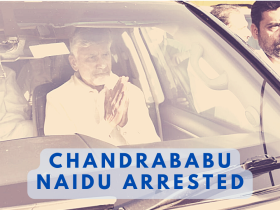
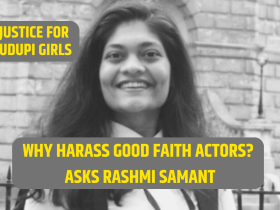
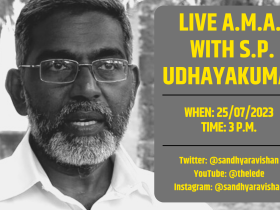
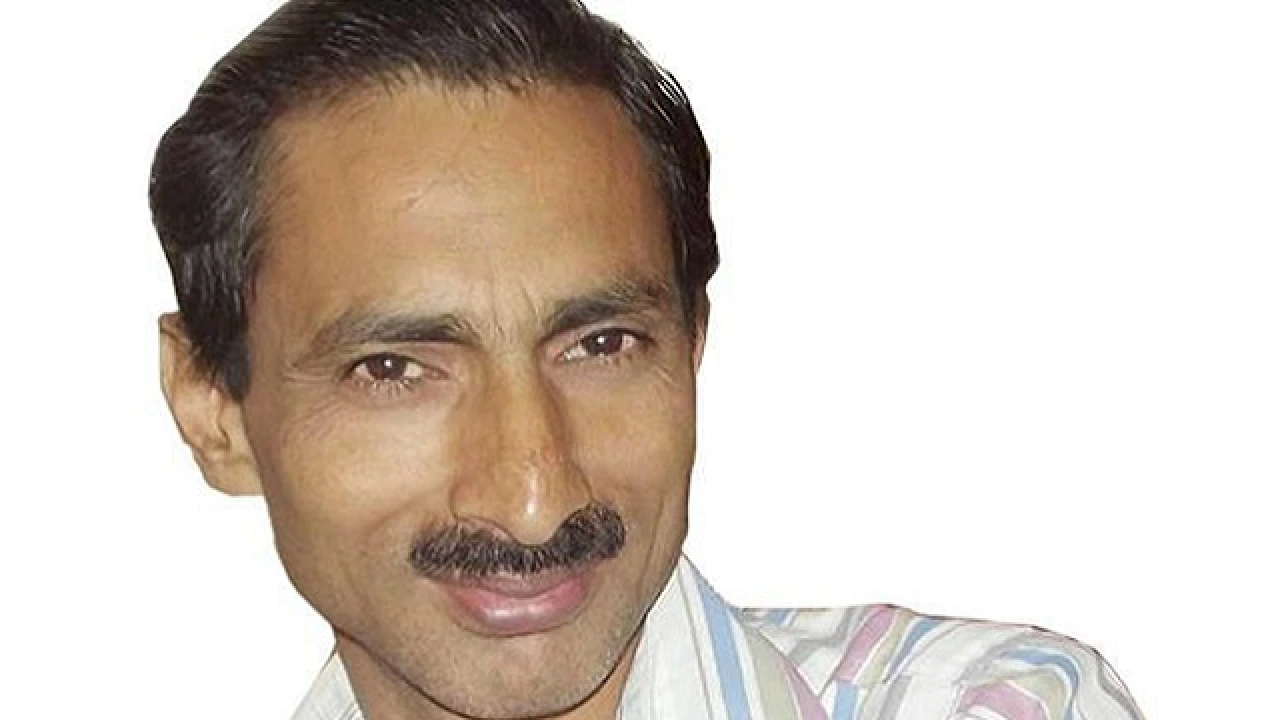



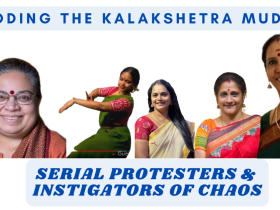

Leave a Reply